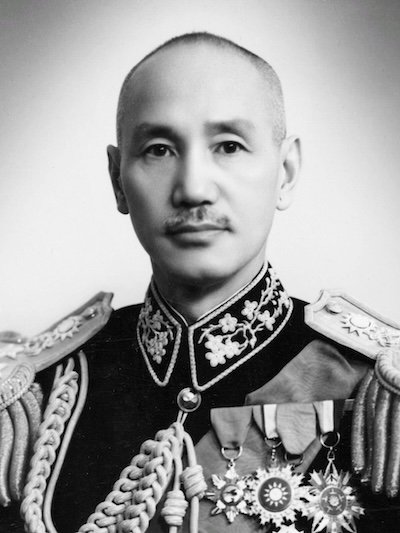Hõ Chí Minh, President of the Democratic Republic of Vietnam. Public Domain.
The Vietnam War was one of the most unpredictable events in American history. No one believed that communist guerrillas could defend their country against the US military and no one predicted the explosion of the anti-war movement within the US. It is still hotly debated why the war was lost. Some point to specific aspects of the Cold War, of anti-war activism, and the politics within Vietnam. Others point to larger trends that had less to do with the conflict, such as electronic media and the decline of colonial projects throughout the world.
The US began bombing targets in Vietnam in 1964 after US ships in the Gulf of Tonkin were attacked. US troops began being deployed in 1965.
However, US involvement began long before this and included supporting the French colonial project there, as well as many missions by US special forces against communist guerrillas.
The first Americans were drafted for the conflict near the end of 1969.
On March 29th, 1973, the last US combat troops left Vietnam.
North Vietnam captured the South Vietnamese capital, Saigon, in April of 1975, ending the civil war and establishing the Socialist Republic of Vietnam.
The video below is a short interview with James Arnold, a historian who wrote a book called The First Domino, about the actions taken by US officials in the decades before the 1960s that contributed to the conflicts in Vietnam.
Sources:
History of American Involvement in Vietnam- C-Span interview with James Arnold, Historian


